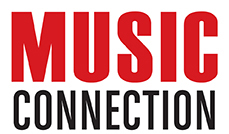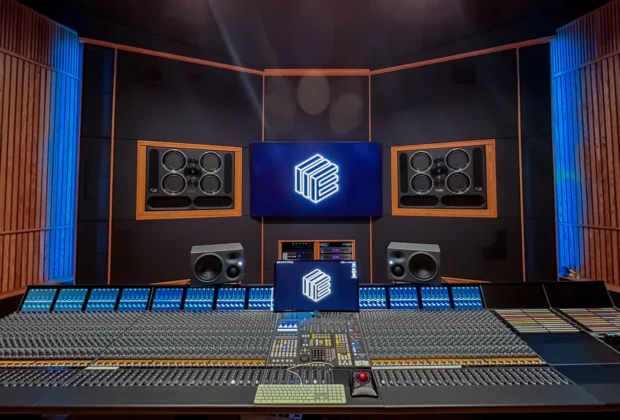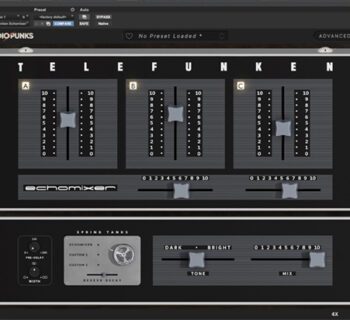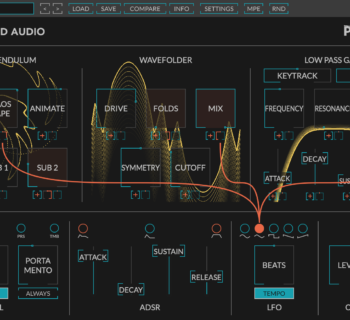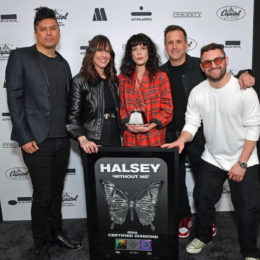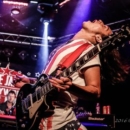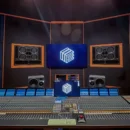Evergreen Enterprise Experience LLC has officially opened Studio One at its expansive music production and post-production campus in Burbank. Studio One, the flagship production room at the revitalized historic Enterprise Studios, features a new 72-channel Solid State Logic Duality Fuse SuperAnalogue™ mixing console. Evergreen Studios, home to Harvey Mason Media and Enterprise’s sister complex on the campus, installed the very first Duality Fuse in the world in Studio A when that facility opened in 2021.
Enterprise’s Studio One will principally serve as a home base for songwriter and producer, Freddy Wexler but will also be available for commercial bookings. Wexler’s songs have been recorded by numerous artists, including Selena Gomez, Justin Bieber, Ariana Grande, Lil Wayne and others. Most recently, he persuaded Billy Joel to record his first new song in over 30 years, a writing and production collaboration that included recording string overdubs through the Duality Fuse at Evergreen Studios.
“Everyone knows what an SSL sounds like and what a G Series Bus Compressor sounds like,” says Laurence Anslow, chief engineer at Evergreen Studios, who worked on the Billy Joel strings session. “But the number one thing for me about the Duality Fuse console is the reliability. In all the time that we’ve had it, nothing has ever gone wrong with it. We haven’t had a channel fail; we haven’t had a fader go bad. It sits there and it just works.”
SSL’s Duality Fuse is ideally suited to today’s songwriting and music production workflows, continues Anslow, who relocated from the U.K. to collaborate with Harvey Mason Jr., founder of Harvey Mason Media, on the technical design of Evergreen’s multi-room complex. “We handle various types of session - some are in-the-box, while others, particularly large scoring sessions, are spread across the analogue side of the console. We can then switch to and from DAW control as required. You just tell the Duality you want to control Pro Tools by hitting the magic button.” The consoles ‘Focus’ button toggles between Analogue and DAW control mode, switching the channel meters, faders, solo and cut buttons between control of the analogue signal path and the DAW.
The Duality is also easy to operate for any producers and songwriters new to large-format consoles, he adds. “The great thing about the Duality is that it’s very easy to get your head around. Everything is in a row on the channel: mic amp, dynamics, EQ, fader. You look at the meter screens and instantly see how the channel has been set up and its routing. It’s very intuitive — and there aren’t too many buttons to trip you up.”
The new Enterprise Studio One control room is huge, says Neil Portnow, partner of Evergreen Enterprise Experience LLC. “It was previously a production room and is three or four times the size of the control room at Evergreen. The live room is spectacular, too, with really high ceilings and a great iso booth.” Renowned acoustician George Augspurger consulted on the new Studio One build-out. “We found out that he had been involved in the original design and acoustics for both Evergreen and Enterprise. He gave us a blueprint for the room design work that he thought we should do, which we followed,” Portnow says. Augspurger also consulted on Evergreen Studios’ acoustic design.
In addition to Studio One, the Enterprise complex offers a half dozen other production rooms, many of them rented to third-party producers, together with writing rooms, a viewing theater, offices, kitchens, and lounges. The Evergreen Studios complex, in addition to Studio A and the Evergreen Stage, a 3,000-square-foot scoring stage/live room with three iso booths, encompasses a Dolby Atmos-certified TV and film dub stage, editing suites/post-production rooms plus additional studios and writing rooms as well as conference rooms, kitchens and lounges. There is a large outdoor courtyard and parking space for over 50 vehicles. “The way I like to talk about it is, do you need a studio? We have small, medium, large and extra-large. Which one do you want?” Portnow says.
The new company name reflects the four-decade-plus history of the two iconic studio complexes, Portnow says. “Those names are very significant to a large population. We have a full block on the Evergreen side and half a block on the Enterprise side that we're devoting to all of this. When I started thinking about studio names, I thought, ‘We should all be so lucky as to have an enterprise that is evergreen,’ but it's also an experience — so it became the Evergreen Enterprise Experience.”
Portnow, who was president of the Recording Academy for four years beginning in 2002 before being appointed only the second president/CEO in the organization’s history (Harvey Mason Jr. is currently CEO of the Recording Academy), took inspiration from his time as a record label executive when developing the wide range of services and organizations on the campus. He built out a similar menu of services when he was senior vice president, West Coast operations, for the Zomba Group of companies during the 1990s, he says.
Enterprise Studios was founded in the 1980s by Craig Huxley, who also owned the Evergreen Stages building for a period, operating it as Enterprise 2. Over the decades some of the greatest names in musical history, from Barbra Streisand, Frank Sinatra and Plácido Domingo to Michael Jackson, Dr. Dre and Paul McCartney, worked at the facilities. The studios also hosted scoring sessions for a long list of film and TV projects, including Star Trek: The Motion Picture, Back to the Future and When Harry Met Sally.
For more information, visit: www.solidstatelogic.com.
